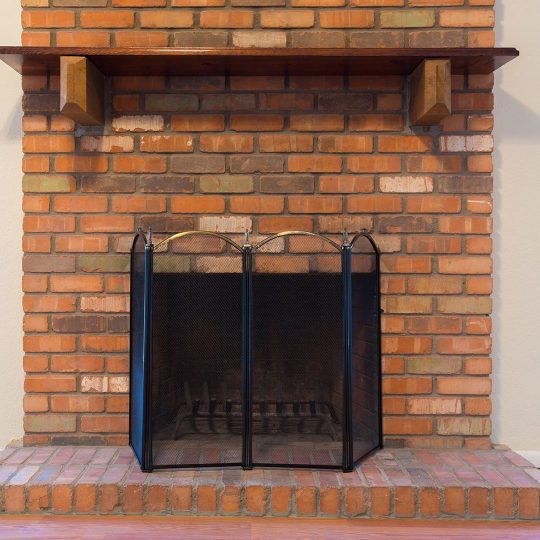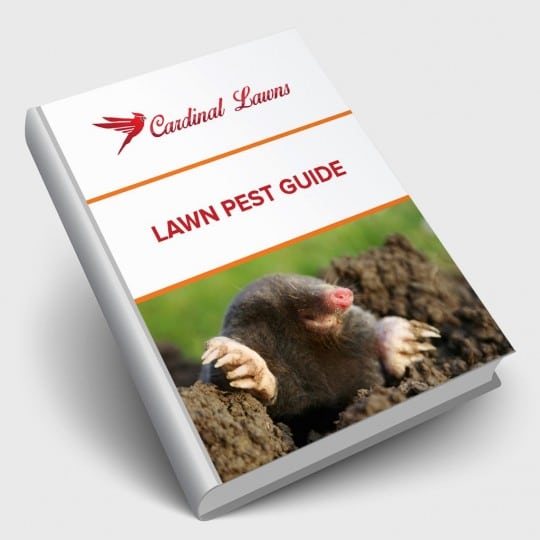Inspecting for Rodent Entry Points
Where to Look & What to do
Posted
October 26, 2017

As the weather gets colder, you may start to find more unwelcome visitors in and around your home searching for warmth and food. Inspect the interior and exterior of your house to find the rodent entry points, and use the following tips to help keep the rodents out.
Where to Find Rodent Entry Points
Rodents don’t need a large hole to gain access your house. Mice and rats can squeeze through a coin-sized hole, which may be hidden under patios, steps, or close to the foundation. Seal any gap or hole you see on the inside or outside of your house. Here are some other places to look inside your home:
• Around kitchen cabinets and any other place you keep food (pantry, fridge, stove, etc.)
• The floor corners of closets
• Fireplaces
• Doors
• Around the pipes under sinks, washing machines, hot water heaters, and furnaces
• Floor and dryer vents
• Attic, basement, or crawl space
And outside your home:
• Roof rafters, gables, and eaves
• Around windows and doors
• Around holes for electrical, plumbing, cable, and gas lines.
Don’t forget about garages, sheds, and other outbuildings either. If any of these areas are connected to the main house, it may be an easy access for rodents.
How to Fill Rodent Entry Points
If you see a hole or gap, it’s best to fill it even if you haven’t found any evidence of rodents yet. It may be an old entry point, but it could still welcome new rodents inside. Use the following tips with materials easily found at your local hardware store.
1. Fill small holes with steel wool and put caulk around the wool to keep it in place.
2. Fix larger holes with screen, cement, hardware cloth, or metal sheeting.
3. For gaps in trailer skirtings, use flashing around the base of the house.
After you’ve sealed the gaps, if you’re still finding rodents making their way in, take another look around your house, or call in a professional to evaluate you situation.

Download Your FREE Lawn Pest Guide
Pests become most prevalent during the heat and humidity of summer. Take some time to learn about the signs of infestations before any damage can be caused to your landscape. This handy guide will teach you how to spot common lawn pests and how to keep them from causing harm to you and your property.